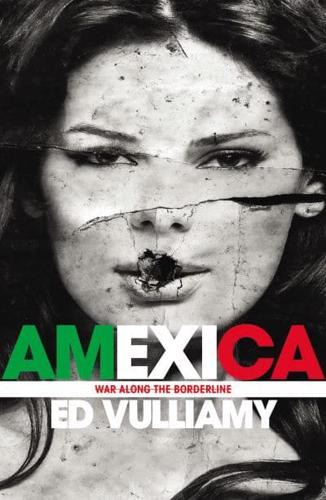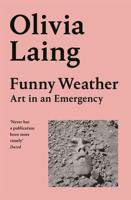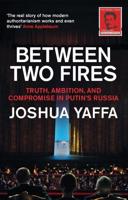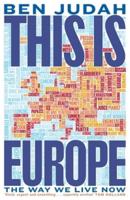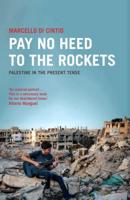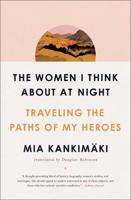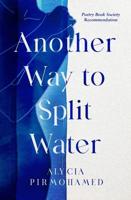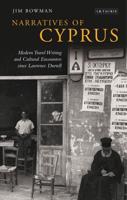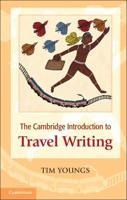Publisher's Synopsis
'As dawn broke over the vast desert, the body was still hanging beneath the overpass, having been suspended from it - decapitated and dangling by a rope tied around the armpits - at 4.30am. The sun rose about two hours after it had been suspended from the concrete 'Bridge of Dreams', throwing rays like firelight across rush-hour traffic and discarded American school buses carrying workers to sweatshop factories. And it was still there another hour later - swaying, headless, hands cuffed behind its back, in the cold early morning wind of Ciudad Juárez, the most dangerous city in the Americas, probably the world.'
Amexica tells the harrowing story of the extraordinary terror unfolding along the US-Mexico border - 'a country in its own right, which belongs to both the US and Mexico, yet neither' - as the narco-war escalates to a fever pitch there.
In over twenty years as a journalist at the Guardian and the Observer, Ed has covered organized crime in Italy, the war in Bosnia, and the aftermath of 9/11 in America, and Iraq. He has been a war reporter all over the world, and yet nowhere more has the violence commanded such revulsion and compulsion as it does along the borderline. 'The borderline has always drawn me in, and never lets me go - not least because it is a land of such dichotomy and contrast - of love and violence, tribulation and opportunity.'
The book documents a kind of road trip that Vulliamy undertakes in mid-2009 along the border itself - from the Pacific coast to the Gulf of Mexico - Tijuana to Brownsville. Along the way, facets of the crisis - police corruption and the system of 'plazas'; the smuggling of people, weapons and drugs back and forth across the border; middle-class flight from Mexico as violence escalates; the interrelated economies of drugs and the 'Maquiladora' factories; the harrowing, systematic murders of young women in Juarez; the insatiable market for drugs inside and outside of Mexico - are illuminated through everyday people and places.
This is the story of a place and people in time of war as much as the war itself. Vulliamy paints a street-level portrait of a place, shows us the institutional roots of the chaos and violence that plagues it, and makes us care about its very survival.
